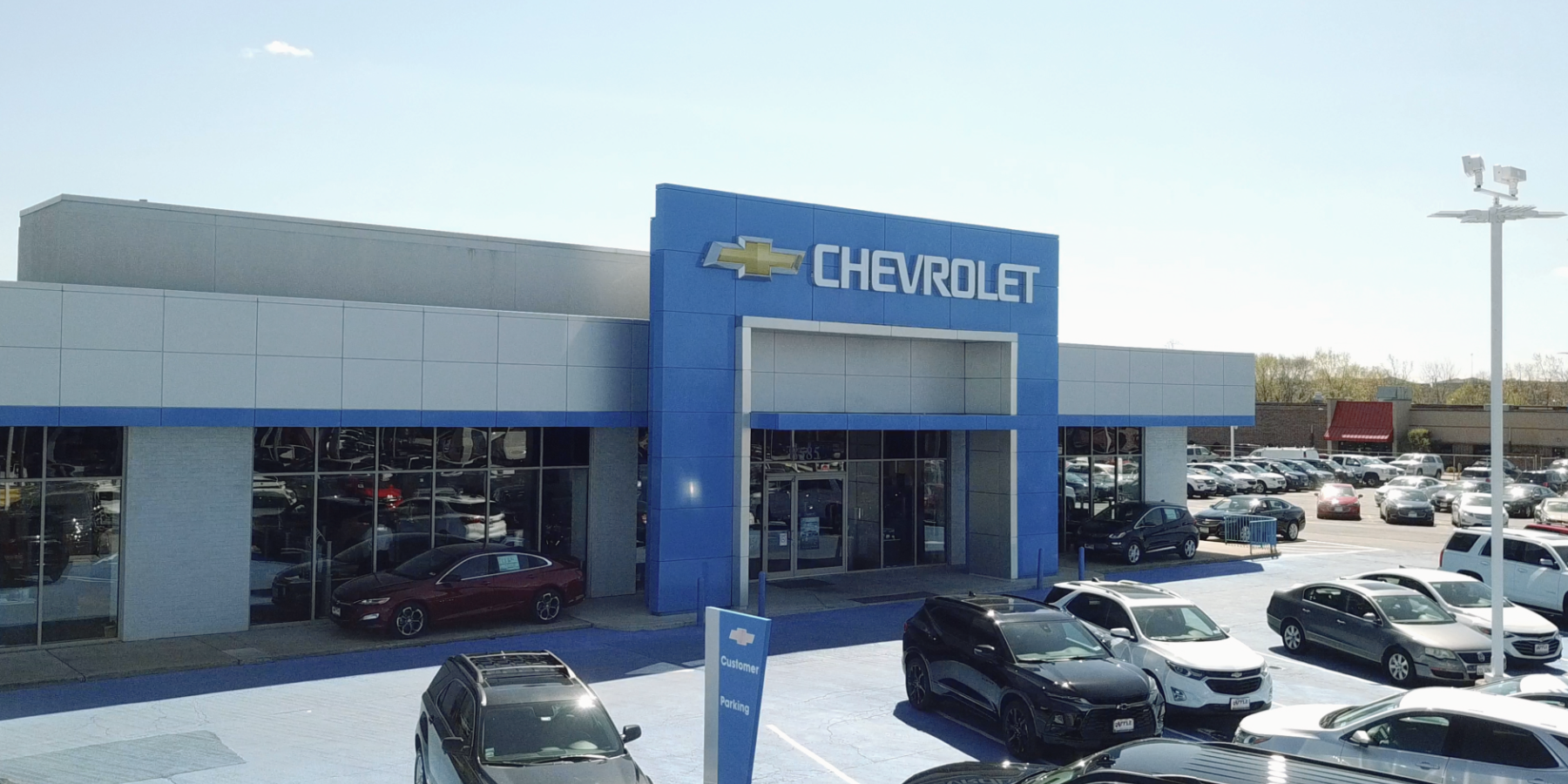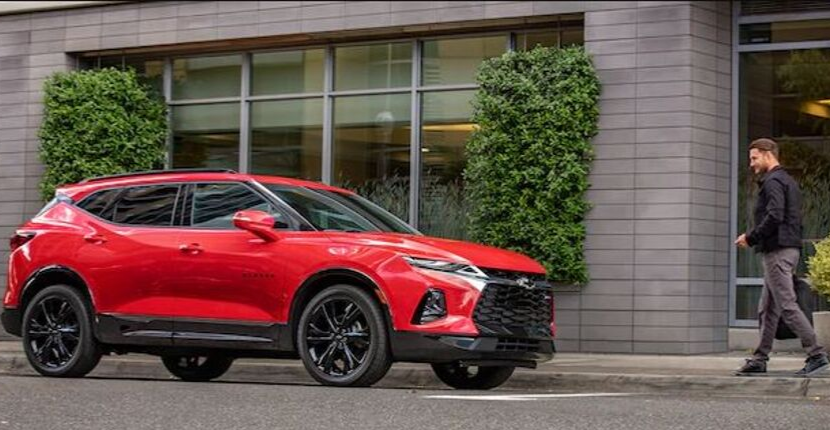Are cosmic rays really causing Toyota’s woes?
Regulators take closer look at design of electronics
The Detroit Free Press
BY JUSTIN HYDE
FREE PRESS WASHINGTON STAFF
WASHINGTON — It may sound far-fetched, but federal regulators are studying whether sudden acceleration in Toyotas is linked to cosmic rays.
Radiation from space long has affected airplanes and spacecraft, and is known for triggering errors in computer systems, but has received scant attention in the auto industry.
The questions show how deep regulators and automakers may have to dig to solve the mysteries of sudden acceleration. Toyota says it is fixing mechanical problems — floor mats and sticky pedals — that explain sudden acceleration in 13 models and 5.6 million vehicles.
But at least half of more than 1,500 recent complaints to regulators involve other models, raising questions whether Toyota has fixed its problem.
An anonymous tipster whose complaint prompted regulators to look at the issue said the design of Toyota’s microprocessors, memory chips and software could make them more vulnerable than those of other automakers.
“I think it could be a real issue with Toyota,” Sung Chung, who runs a California testing firm, said.
Toyota, which has led the auto industry in using electronic controls, told the Free Press its engine controls are “robust against this type of interference.”
Cosmic rays offered as acceleration cause
Electronics makers have known for decades about “single event upsets,” computer errors from radiation created when cosmic rays strike the atmosphere.
With more than 3,000 complaints to U.S. regulators of random sudden acceleration problems in Toyota models, several researchers say single event upsets deserve a close look.
The phenomenon can trigger software crashes that come and go without a trace. Unlike interference from radio waves, there’s no way to physically block particles; such errors typically have to be prevented by a combination of software and hardware design.
And an anonymous tipster told NHTSA last month that “the automotive industry has yet to truly anticipate SEUs.”
Such radiation “occurs virtually anywhere,” said William Price, who spent 20 years at the Jet Propulsion Lab testing for radiation effects on electronics. “It doesn’t happen in a certain locale like you would expect in an electromagnetic problem from a radio tower or something else.”
Toyota staunchly defends its electronics, saying they were designed for “absolute reliability.” Responding to the Free Press, Toyota said its systems “are not the same as typical consumer electronics. The durability, size, susceptibility and specifications of the automotive electronics make them robust against this type of interference.”
Testing for the problem would involve putting vehicles in front of a particle accelerator and showering them with radiation, a step that experts said would help resolve the question.
“Nobody wants to come out and say we have issues and we need to test,” said Sung Chung, president of the testing firm Eigenix.
The phenomenon was first noted in the 1950s affecting electronics at high altitudes; unlike electromagnetic waves, there are no ways to physically shield circuits from such particles. Airplane and spacecraft makers have long designed their electronics with such radiation in mind, through safeguards such as systems that triple-check data.
Only in the late 1970s did researchers discover that a minuscule portion of such radiation falls to earth. It’s not enough to harm humans, but as circuits in computers and cell phones on the ground have shrunk to the width of several dozen atoms, the risk of errors has grown. “Five years ago, it was a problem in very few applications,” said Olivier Lauzeral, general manager of IRoC Technologies, which tests chips and software for SEU resistance. “In the past couple of years, we’ve seen a rise in demand and interest.”
In an anonymous e-mail last month to the National Highway Traffic Safety Administration, a tipster said such an error “may be one reasonable explanation for incidents of sudden acceleration,” adding that the automotive industry had yet to adapt the techniques used by aircraft firms to prevent problems from SEUs.
NHTSA added the tipster’s information to its electronic investigative file on Toyota recalls. The agency declined several requests from the Free Press for comment.
Electronic throttle controls like the ones under scrutiny in Toyotas are widespread in the industry. They’re more reliable than mechanical links, they save weight and space, and make other technology, like stability control, possible.
Contact JUSTIN HYDE: 202-906-8204 or jhyde@freepress.com


